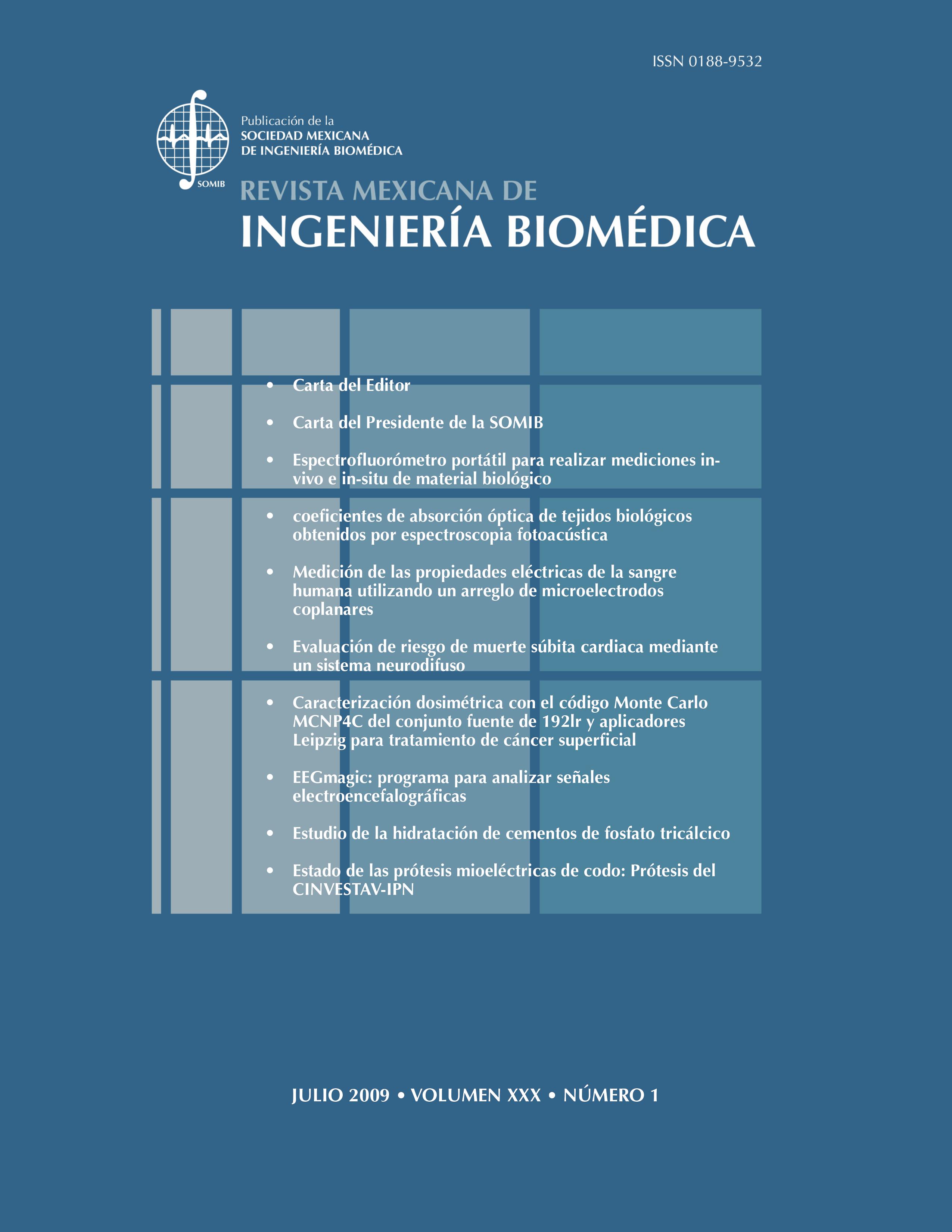EEGmagic: programa para analizar señales electroencefalog´ráficas
Abstract
The quantitative analysis of electroencephalographic activity (EEG) consitutes a useful tool that makes it possible to relate changes in cerebral electrical activity to cognitive and behavioral functions under a variety of experimental conditions. Their recording and analysis are currently carried out primarily through the use of computer programs. This study presents a computarized program (EEGmagic) that was elaborated for the Windows operating system using the Delphi language, and that is designed to analyze EEG signals and facilitate their quantitative exploration. To do so, the program applies Rapid Fourirer Transform to the EEG signals of one or more groups of subjects in order to obtain both absolute and relative potentials spectra. It also calculates the correlation spectra, both interhemispheric and intrahemispheric, and, finally, applies parametric statistical analyses to these potential and correlation spectra. Statistical analyses are applied to each individual frequency and to frequencies grouped in bands. Unlike other programs, EEGmagic is simple and inexpensive. It obtains the results files with the corresponding statistical significances rapidly and with precision; thus, EEGmagic may constitute an important tool for the study of cerebral functionality and behavior.
Downloads
Downloads
Published
How to Cite
Issue
Section
License
Upon acceptance of an article in the RMIB, corresponding authors will be asked to fulfill and sign the copyright and the journal publishing agreement, which will allow the RMIB authorization to publish this document in any media without limitations and without any cost. Authors may reuse parts of the paper in other documents and reproduce part or all of it for their personal use as long as a bibliographic reference is made to the RMIB. However written permission of the Publisher is required for resale or distribution outside the corresponding author institution and for all other derivative works, including compilations and translations.




